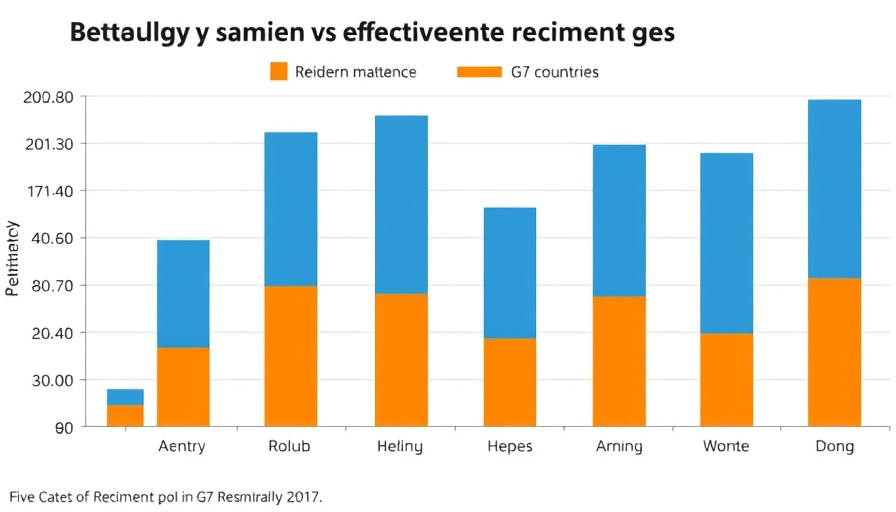
Can a Request for Work-from-Home Spark Employment Discrimination?
The recent legal woes faced by Pita Pit highlight a fundamental issue within the realm of talent management and employee performance—a pregnant worker in Sioux Falls, South Dakota, was reportedly fired after asking to work from home to manage pregnancy-related nausea. This incident has now led the U.S. Equal Employment Opportunity Commission (EEOC) to allege violations of both sex and disability discrimination laws against the sandwich franchise.
Speaking Out for a Women-Friendly Workforce
What’s alarming here is not just the firing itself but the rationale, with management allegedly calling her pregnancy "a distraction." This raises concerns about workplace culture and the need for people-first leadership. Companies should strive for a high-performance culture that accommodates the unique needs of their employees, rather than dismissing them. The EEOC’s actions echo a growing demand for better protections for pregnant employees, as more cases are surfacing across various sectors.
The Ripple Effects on Organizational Health
The ramifications of such discriminatory practices extend beyond individual cases; they signal deeper issues within workforce strategies and talent management. Chief Human Resource Officers (CHROs) and other organizational leaders must prioritize employee engagement and retention strategies, ensuring that all team members feel valued and supported.
Future Predictions: Shifting Norms in Employee Rights
This incident could mark a significant moment in how organizations structure their workforce policies. As cases of pregnancy discrimination, like that of a bartender in Texas who received $42,000 for similar issues, become more prevalent, it’s crucial for organizations to consider their succession planning and leadership development initiatives. Responding to these issues with transparency not only enhances employee morale but protects the company’s reputation.
Take Action: Creating a Supportive Work Environment
As organizational leaders, it’s momentous to adopt proactive measures that align your workforce strategy with the principles of a supportive culture. From re-evaluating HR metrics to fostering a people-first leadership approach, real change starts from the top. How can your organization enhance its commitment to a high-performance culture that empowers all employees?
 Add Row
Add Row  Add
Add 




Write A Comment